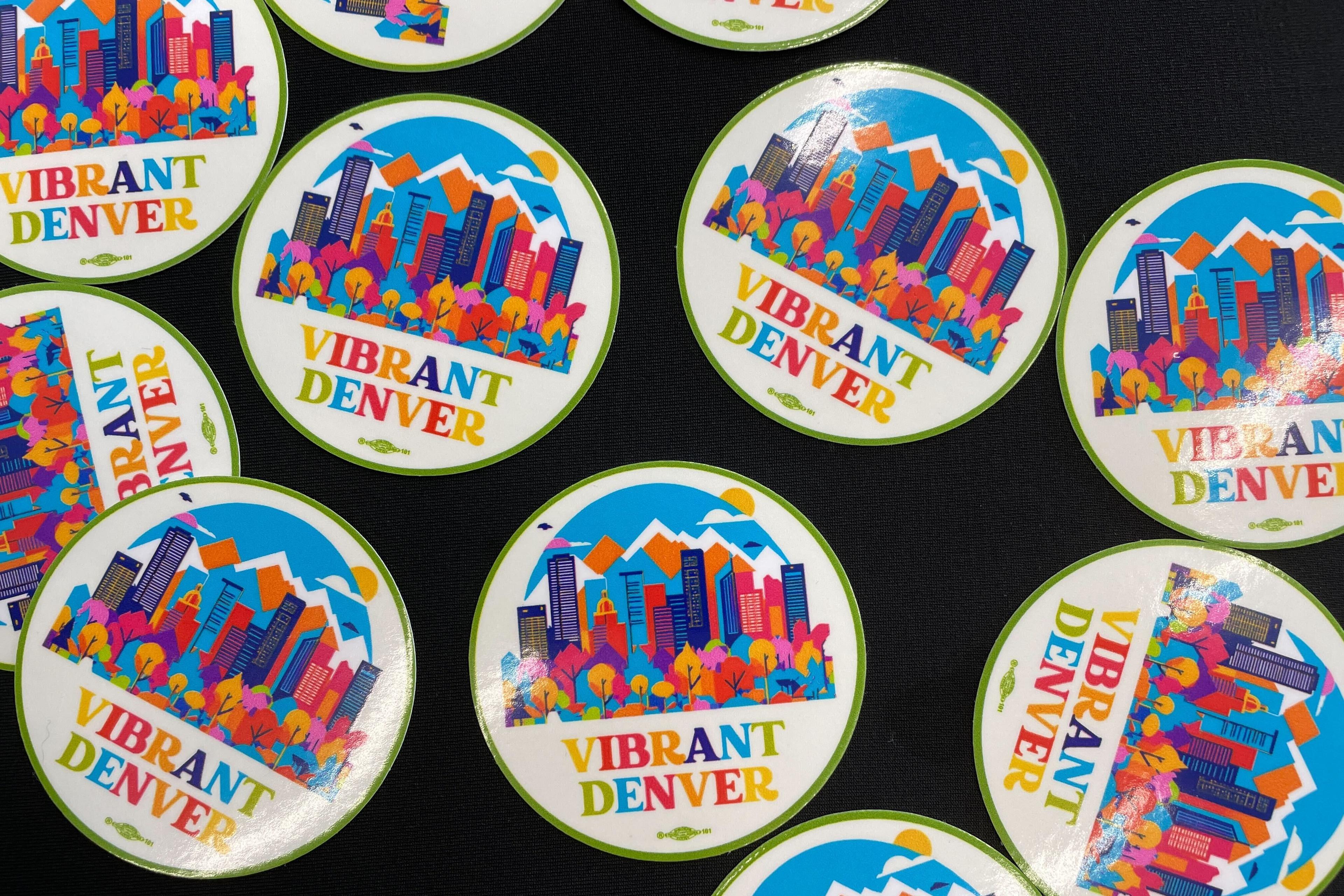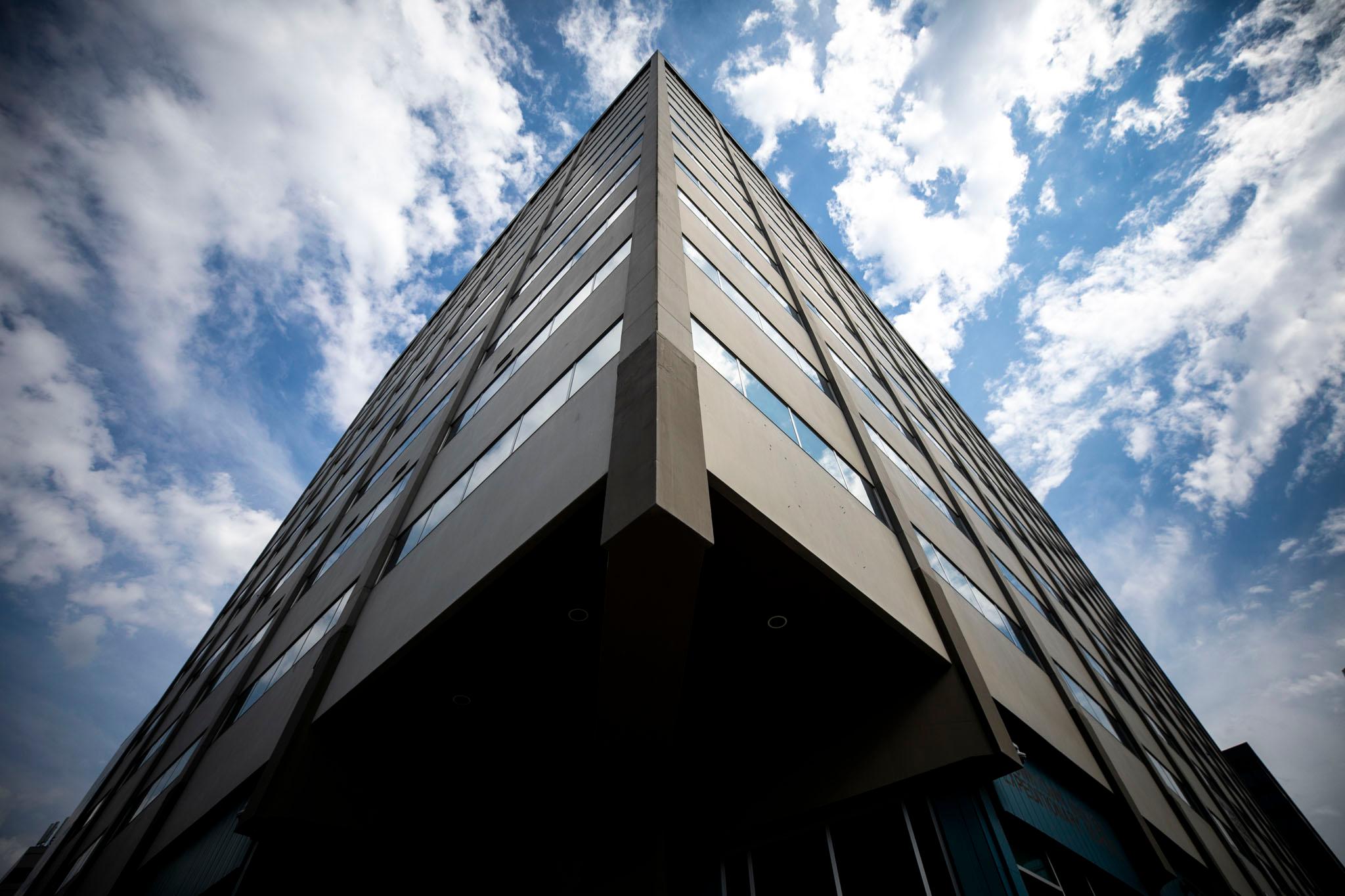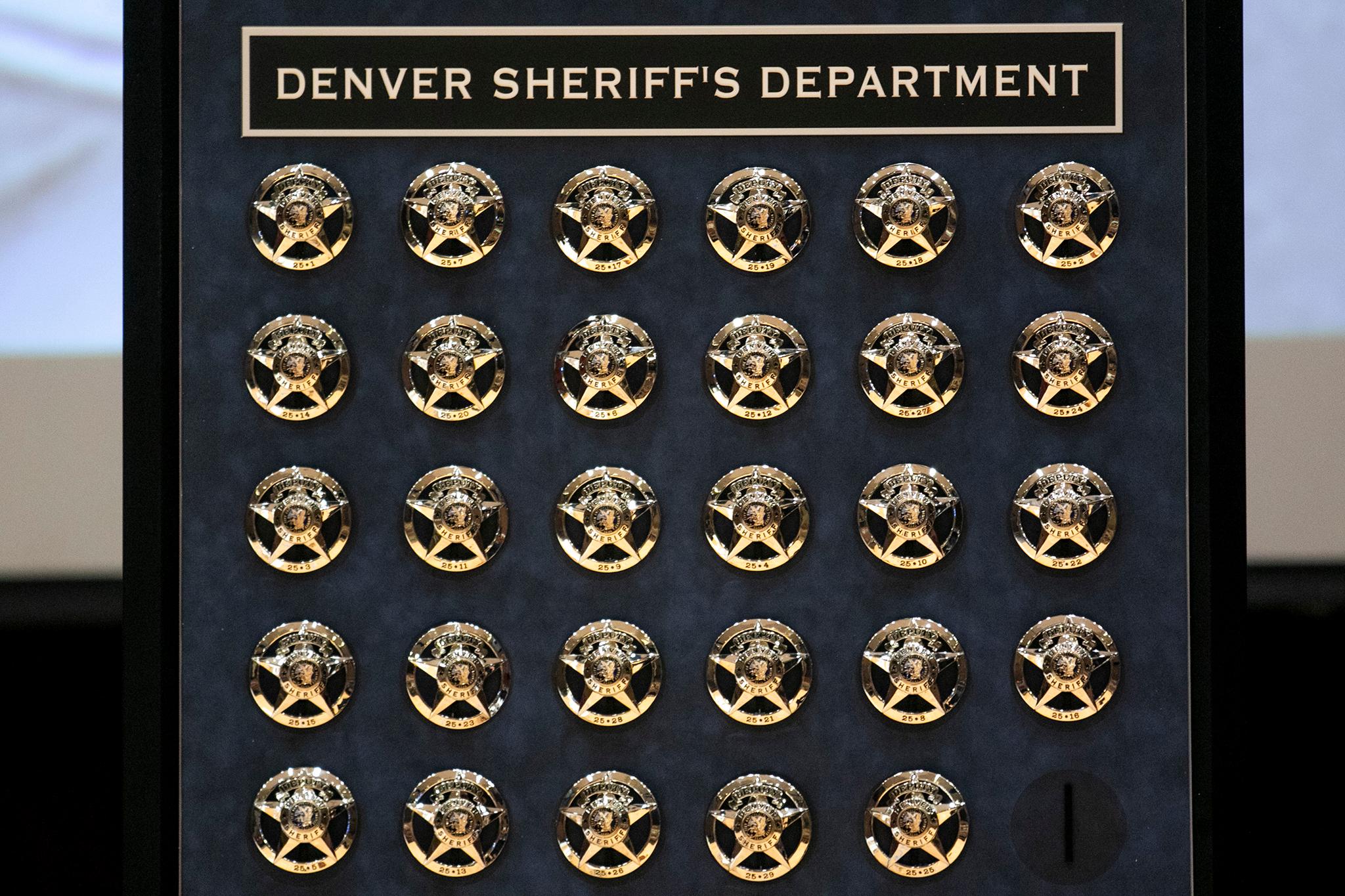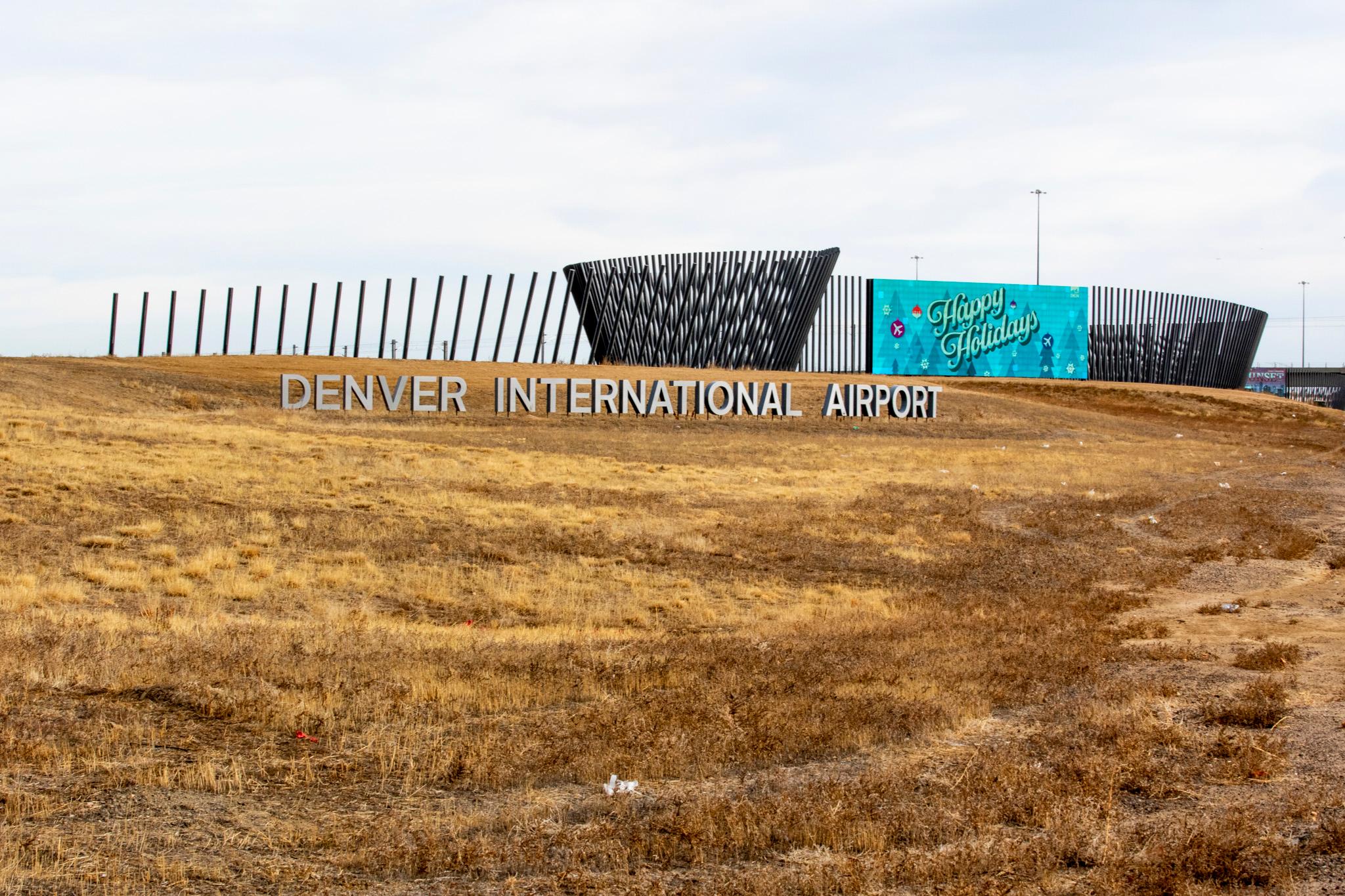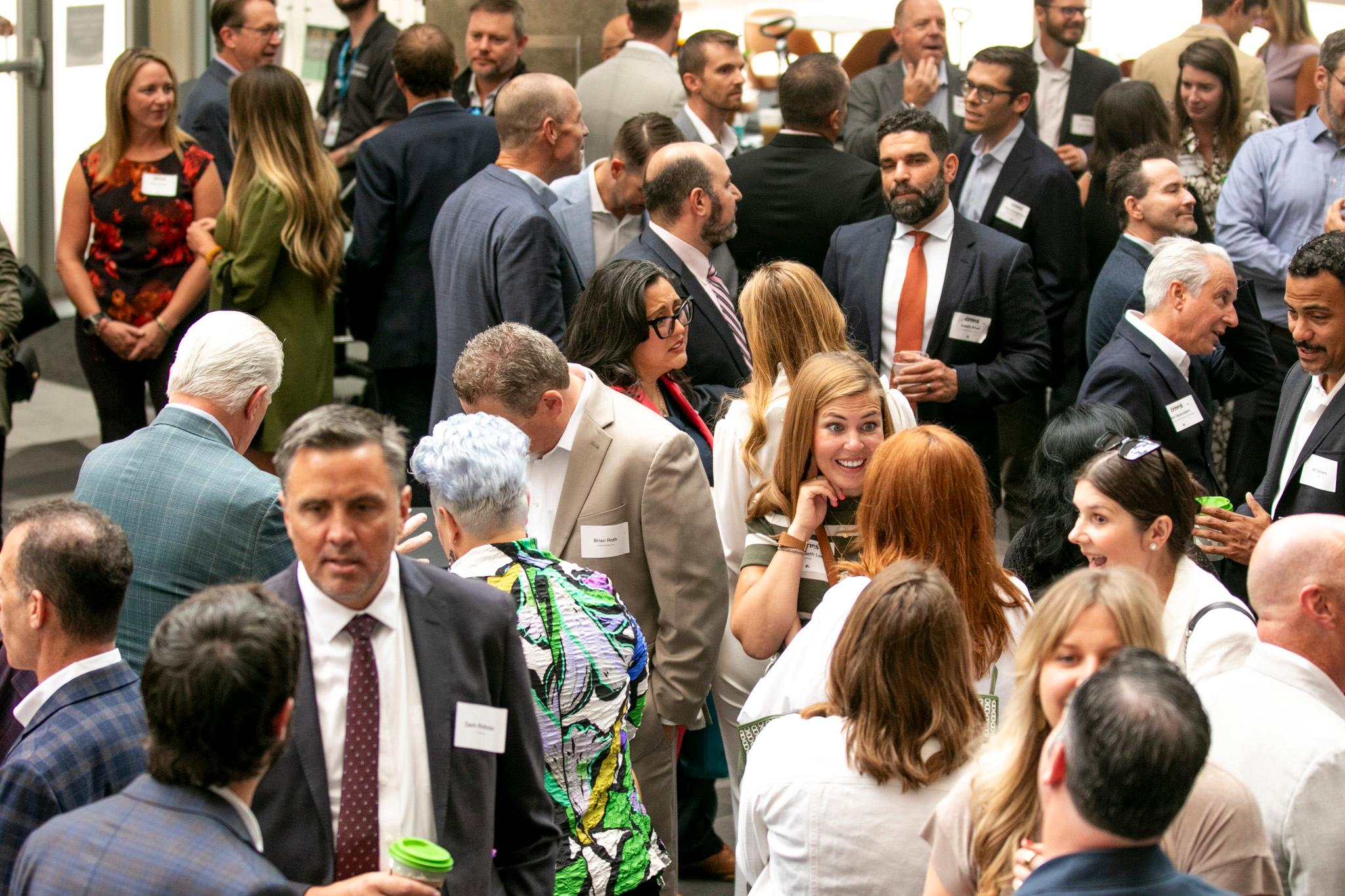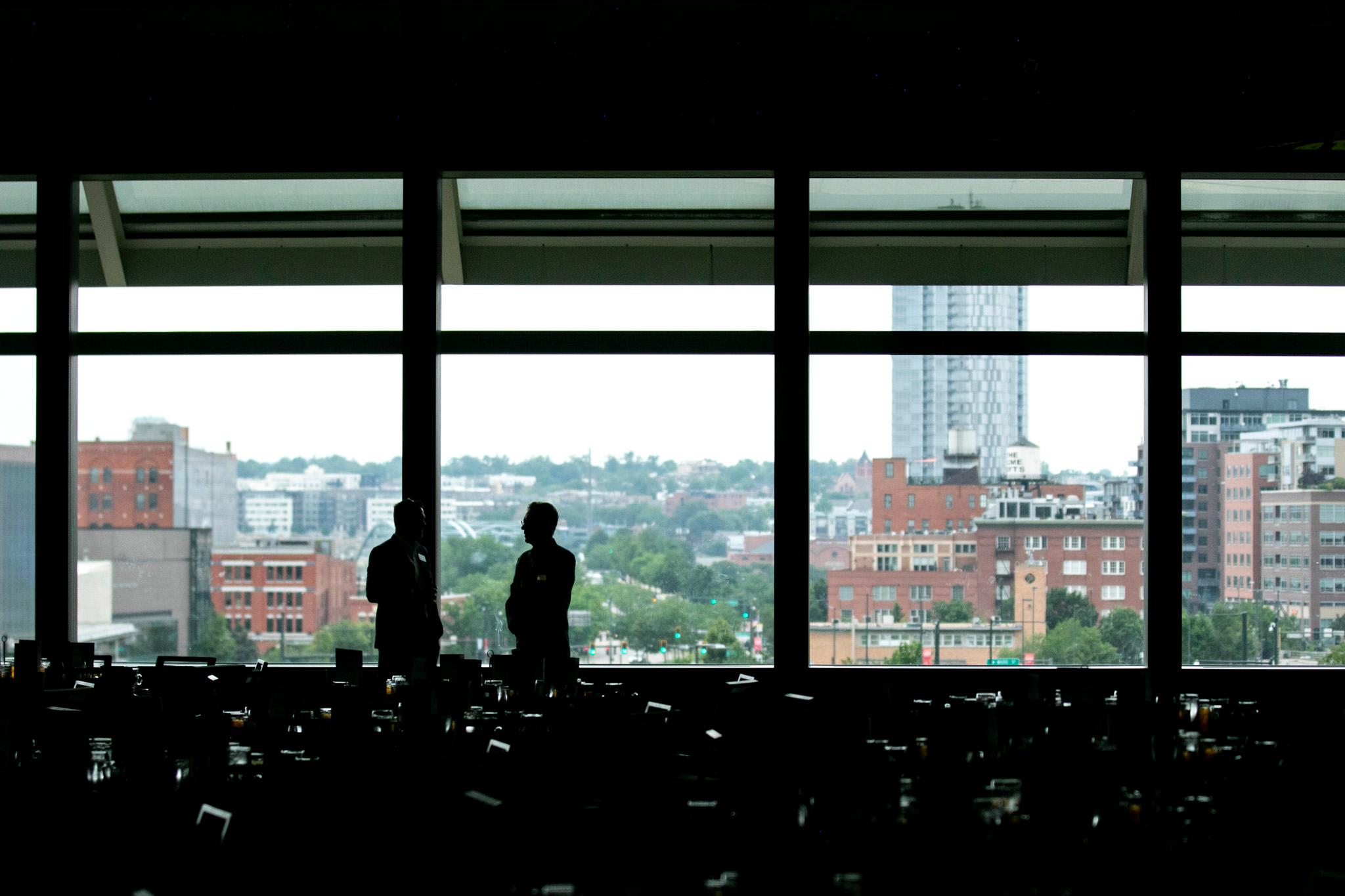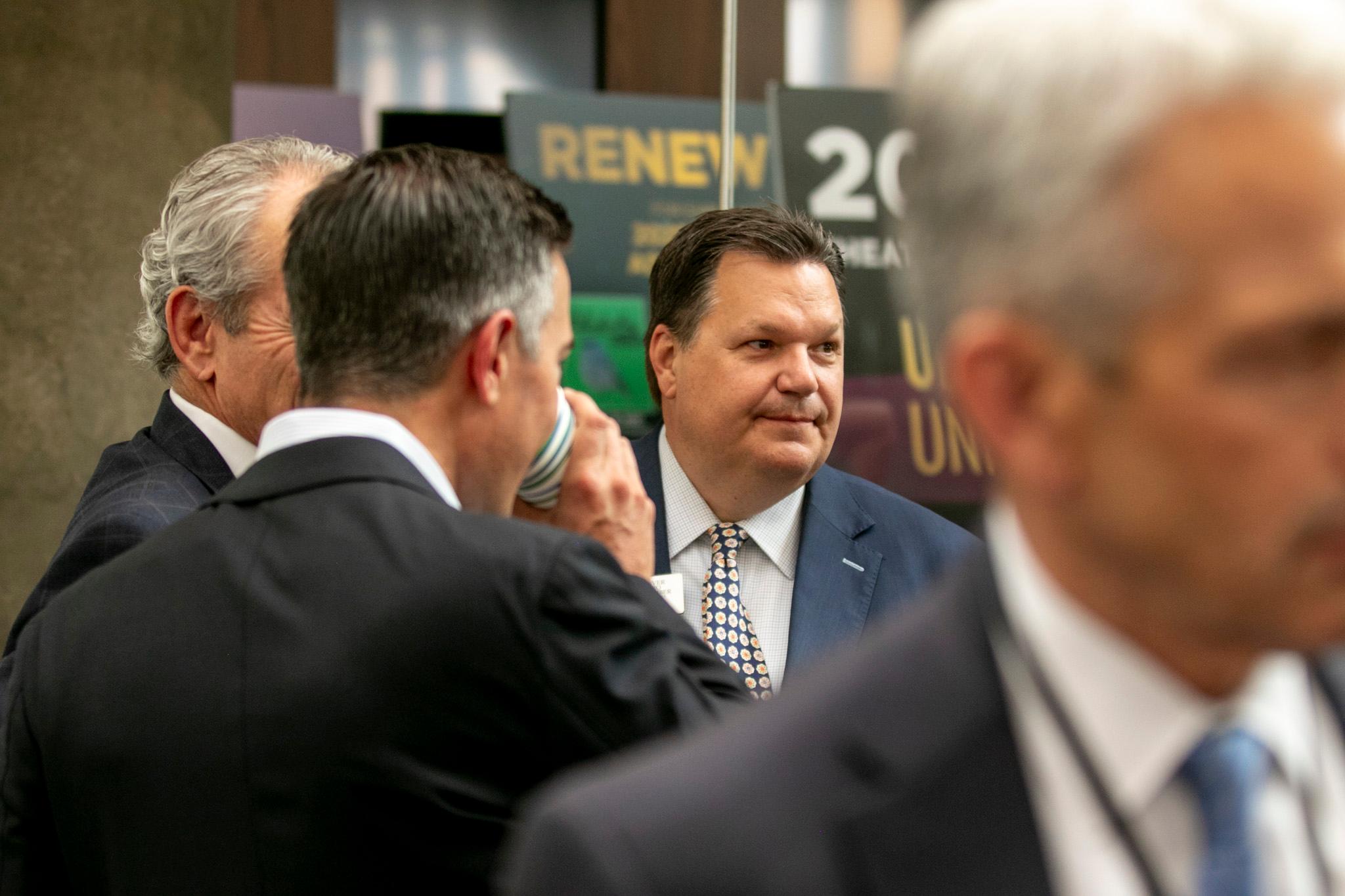Recreation centers, libraries, playgrounds, roads, bridges.
That’s just a snapshot of what Denver Mayor Mike Johnston envisions the city could finance with a proposed new “Vibrant Denver” bond package, which could allow the city to take on hundreds of millions of dollars in debt to pay for new projects.
“This is a chance for Denver to control its own destiny and make sure the things that make this city joyful and vibrant are on the front of our priority list,” Johnston said.
Johnston announced the proposal on Wednesday at the Carla Madison Recreation Center on East Colfax. The setting wasn’t random — Carla Madison is Denver’s newest recreation center, and its $44 million construction was funded through a 2007 bond.
Johnston said it’s the right time to launch a new debt spending program, since it has nearly wrapped up its current bond packages.
The exact size of the debt proposal hasn’t been announced yet. Voters would have to approve the plan in the November 2025 election.
The bond won’t raise taxes, but it will keep them higher.
The package would be funded through general obligation bonds, which are repaid over years using property taxes.
The city wouldn’t have to raise its property tax rate to pay for the package, as Johnston and his allies said several times.
However, the proposal would keep taxes at or near their current rates — instead of allowing them to decline.
Denver voters have approved two bond packages since 2017. The first, called Elevate Denver, approved a 10-year, $937 million package that funded over 500 projects. The second, called RISE Denver, was passed in 2021 and included a 5-year, $260-million package.
Both of those earlier packages are reaching the end of their repayment schedules. Property owners are currently paying 6.5 mills of taxes for debt service on those bonds, or roughly $200 annually for a $500,000 home.
The extra tax from the earlier bonds is set to phase out in the coming years. But with the new bond proposal, the city will ask voters to instead keep paying higher property tax rates.
If property taxes are kept at current rates, the city could take on more than $1 billion of new debt, since the old debt is almost paid off. City officials haven’t said exactly how large Vibrant Denver could be, but they don’t expect it to reach $1 billion.
Johnston doesn’t want there to be a lull in spending on projects. He’s advocating for a six-year bond cycle for Vibrant Denver, with new projects starting next year.
“Our goal is that these projects should be ready to break ground in 2026,” he said. “And so we're looking for projects that are ready to begin work as soon as we approve the bond so we can get them up and built within that six-year timeline.”
City officials are asking for your ideas
Over the next four months, the city will ask residents what should be funded by the bond package.
A survey for ideas for projects is already live. Several in-person community meetings will also be scheduled.
Once the community feedback period ends, the city will organize the ideas into “clusters”.
“We'll say, ‘OK, wow, lots of feedback about rec center ideas, lots of feedback about arts, lots of feedback about mobility and connectivity.’ And then each of those areas would be a committee,” Johnston said.

These committees would be composed of residents and city council members.
Previous bonds have funded projects like the construction of the Westwood neighborhood’s first recreation center, the renovation of the Denver Public Library’s main branch and new playgrounds across city parks.
Council president Amanda Sandoval said she will look at which neighborhoods got passed over in previous bond measures and advocate for their inclusion in the proposed bond package.
“You have to take those and take the information that we get back from community and make sure that we're focusing on disadvantaged neighborhoods,” she said.
Voters will approve the proposal in November
Sometime this summer, city council will decide whether to put the bond measure on the November ballot.
“Voters of Denver have to approve this,” Johnston said. “They get to decide if they want to invest in these projects or not.”
The exact amount of the proposed bond is undetermined and will be shaped by the projects eventually referred to the ballot.
The 2021 bond was split into multiple measures — most of which were passed easily. The only measure that didn’t pass was a $190 million bond package to construct a proposed new arena at the National Western Center campus.
If passed, this would fulfill one of Mayor Johnston’s big 2025 goals
In January, Johnston said he wants to replicate the investment in downtown Denver in other parts of the city. He said he wanted to have conversations in other parts of the city similar to the ones he had while designing the plan of the Downtown Development Authority, the $570 million plan passed by voters in 2024.
“We want to go to those neighborhoods and say, what are the key investments we need to make Montbello vibrant to make Sun Valley vibrant, to make Lowry vibrant?” he said in January.
Andrew Kenney contributed to this article.

